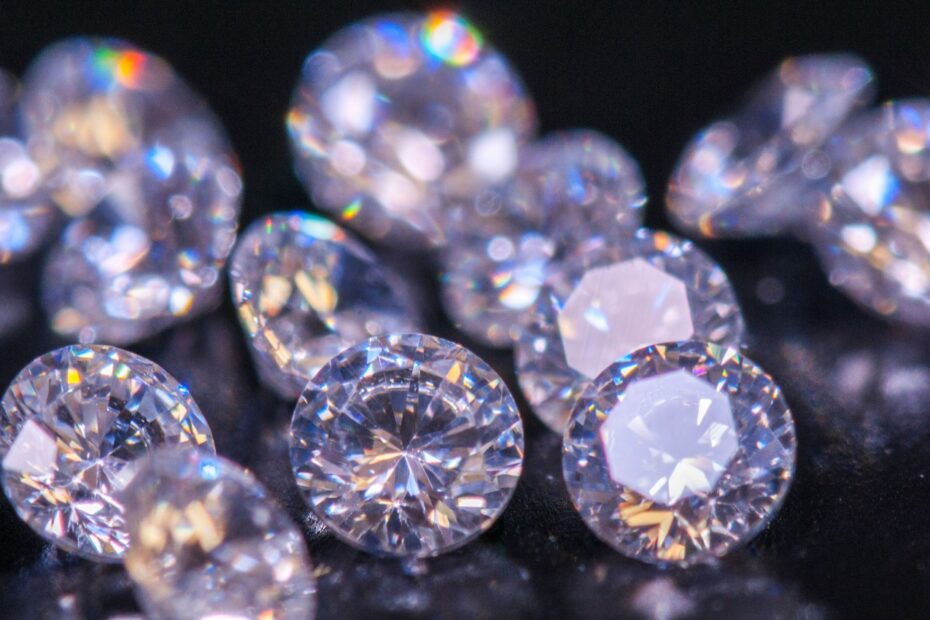The discovery and use of diamonds have a long and fascinating history that spans thousands of years. Here is a detailed account of key milestones in the diamond’s journey:
- Ancient India (4th century BC):
- The earliest evidence of diamonds being used and traded comes from India.
- Diamonds were primarily found in the riverbeds of the Krishna, Penner, and Godavari rivers in the Golconda region.
- Indians regarded diamonds as valuable and used them for various purposes, including adorning religious icons and as talismans.
- Ancient Trade Routes (4th century BC – 1st century AD):
- As early as the 4th century BC, diamonds began to be traded along ancient trade routes, particularly between India and the Roman Empire.
- They were highly sought-after and reached the Mediterranean and other parts of the world through these trade networks.
- Roman Empire (1st century AD):
- The Romans started using diamonds as decorative elements for jewelry during this period.
- They were considered a symbol of wealth and status among the aristocracy.
- Middle Ages (5th – 15th century AD):
- During the Middle Ages, diamonds continued to be valued primarily in Europe, and they were often set in religious jewelry.
- The scarcity of diamonds at the time made them even more exclusive and prestigious.
- Renaissance Era (16th – 17th century AD):
- The Renaissance period saw an increase in diamond trade as exploration and trade expanded to different parts of the world.
- The diamond’s popularity as a gemstone for the nobility and royalty continued to rise.
- India’s Diamond Mines and the Koh-i-Noor (17th – 19th century AD):
- India remained the primary source of diamonds until the 18th century, and several important mines, including those in Golconda, were well-known.
- The famous diamond “Koh-i-Noor” (Persian for “Mountain of Light”) was mined in India and eventually came into British possession in 1849 after the British East India Company’s annexation of the Punjab.
- Brazil’s Diamond Boom (18th century AD):
- In the early 18th century, diamond deposits were discovered in Brazil, leading to a significant increase in diamond production and trade.
- Brazil became a prominent diamond supplier during this time.
- South Africa’s Diamond Rush (19th century AD):
- In 1867, diamonds were discovered near the Orange River in South Africa, leading to a massive diamond rush.
- The discovery of the “Eureka Diamond” sparked a significant influx of prospectors and miners, and the region became one of the world’s leading diamond producers.
- De Beers Consolidation (Late 19th century – 20th century AD):
- In the late 19th century, Cecil Rhodes and his associates formed De Beers Consolidated Mines Ltd., aiming to control the world’s diamond supply.
- De Beers became a dominant force in the diamond industry, using marketing strategies to create demand and maintain control over prices.
- Modern Diamond Industry (20th century AD – Present):
- In the early 20th century, technological advancements, such as diamond cutting and polishing techniques, revolutionized the diamond industry.
- Diamonds became more accessible to a broader market, and the tradition of using diamonds in engagement rings became widespread.
- Other countries, such as Russia, Canada, and Australia, also became significant players in diamond production.
Today, diamonds continue to be cherished as precious gemstones and remain a symbol of love, luxury, and elegance worldwide.
